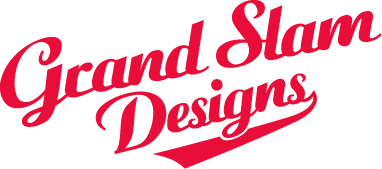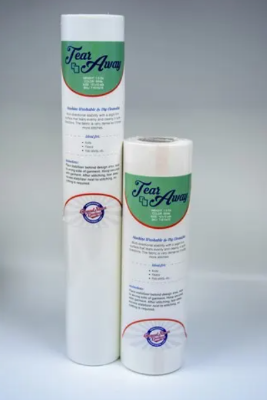19 September Stabilizers - The Why, What and Where
There are just so many different stabilizers out there- how do I know which one is right for my project that I am working on today??? Do I use a heavy cut away stabilizer, what if I am working on something that will be touching sensitive skin such as a babies? We have put together a comprehensive and up to date list and explanation of just when you want to use the different stabilizers and the why! Exactly what you need to know about pairing the right stabilizer with your fabric selection and design for the perfect machine embroidery project!














